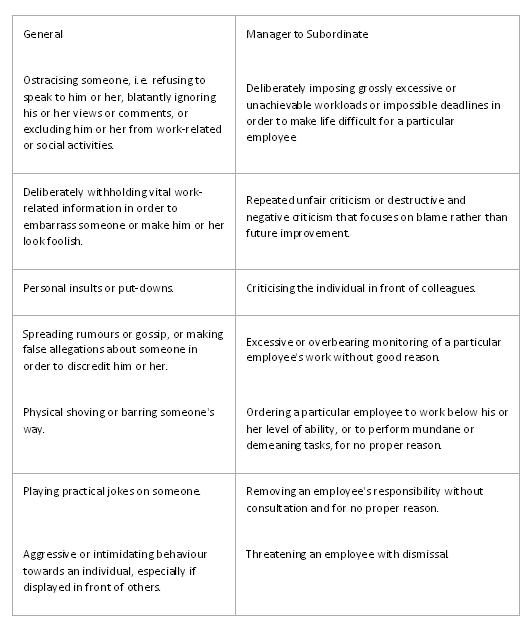How to Give Effective Criticism Without Sounding Critical!
Everyone needs feedback – good or otherwise – to ensure they’re doing the best for their customers. From a restaurant on the quality of their food and waiting staff, to an airline on their service, such as ease of booking, checking-in, and the helpfulness of the airline staff. The whole experience, in fact.
This is also true of your employees. Good feedback, including the giving of constructive criticism, is essential to an employee’s development. After all, they cannot learn from their mistakes and improve if they’re not aware they’ve made any.
Providing feedback is a fundamental element of effective appraisal interviews. But do remember to offer your employees regular feedback throughout the year, not just at the time of the appraisal interview.
Key Rules for Giving Constructive Criticism
The key rules for making criticism constructive are to concentrate on the person’s actions or behaviour, not his or her personality. You should also look to the future and not the past. The aim is to correct, not punish.
Crucial points to remember when giving criticism:
- give criticism promptly after the event to which it relates. This is important, as it ensures that the facts are still fresh in both of your minds;
- make sure that the criticism is clear and specific;
- avoid generalisations;
- use specific examples;
- remember to ask for the employee’s input and be prepared to listen without prejudging;
- it’s important to deliver criticism objectively and unemotionally, ensuring that no annoyance or disapproval is implied;
- make sure that the employee understands what he or she has done wrong, why it is wrong, and how he or she should do it next time;
- explain the effects of the employee’s actions or behaviour on colleagues, the department and/or the organisation as a whole;
- encourage the employee to take full responsibility for his or her actions;
- make it clear that you want to work with and support your employee to seek solutions to any problem areas;
- let the employee know if, in your opinion, they are capable of improvement;
- since receiving criticism is difficult for most people, and there is a high chance that misunderstandings may arise, check after giving criticism that it has been fully understood;
- end the conversation with a positive statement. For example, you could state your confidence in the employee’s overall competence to perform the job; and
- where possible, use praise to cushion criticism.

Using the more positive statements should help your employee to accept what you’re saying without getting upset, and help them to see that you are, in fact, simply trying to help them develop and do well. There are some other interesting tips in this article, published in the Reader’s Digest, that you may find helpful.
If you would like to discuss this subject further, do call me on 0118 940 3032 or click here to email me

